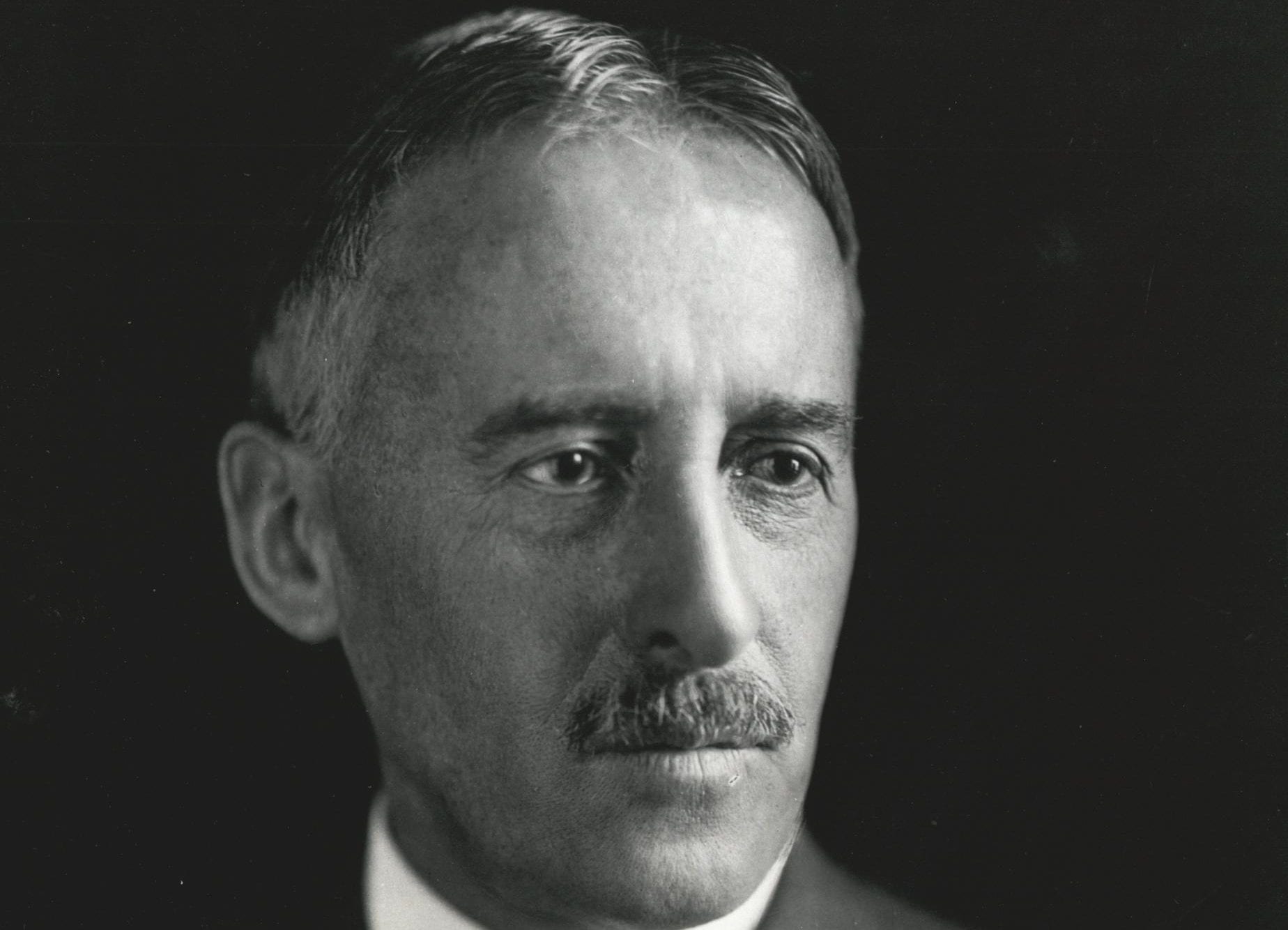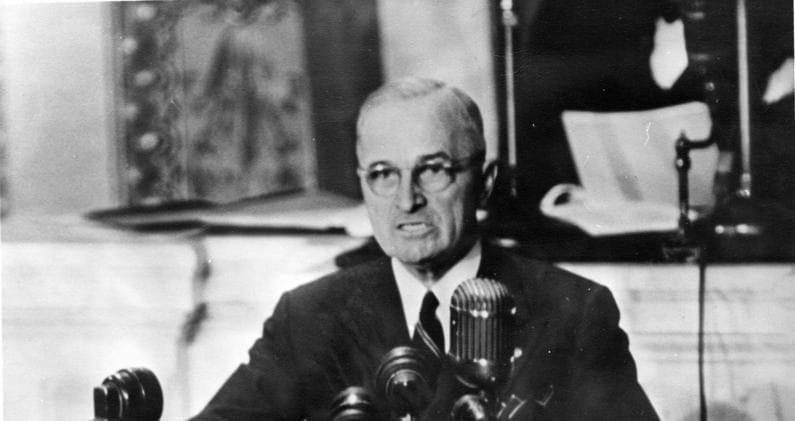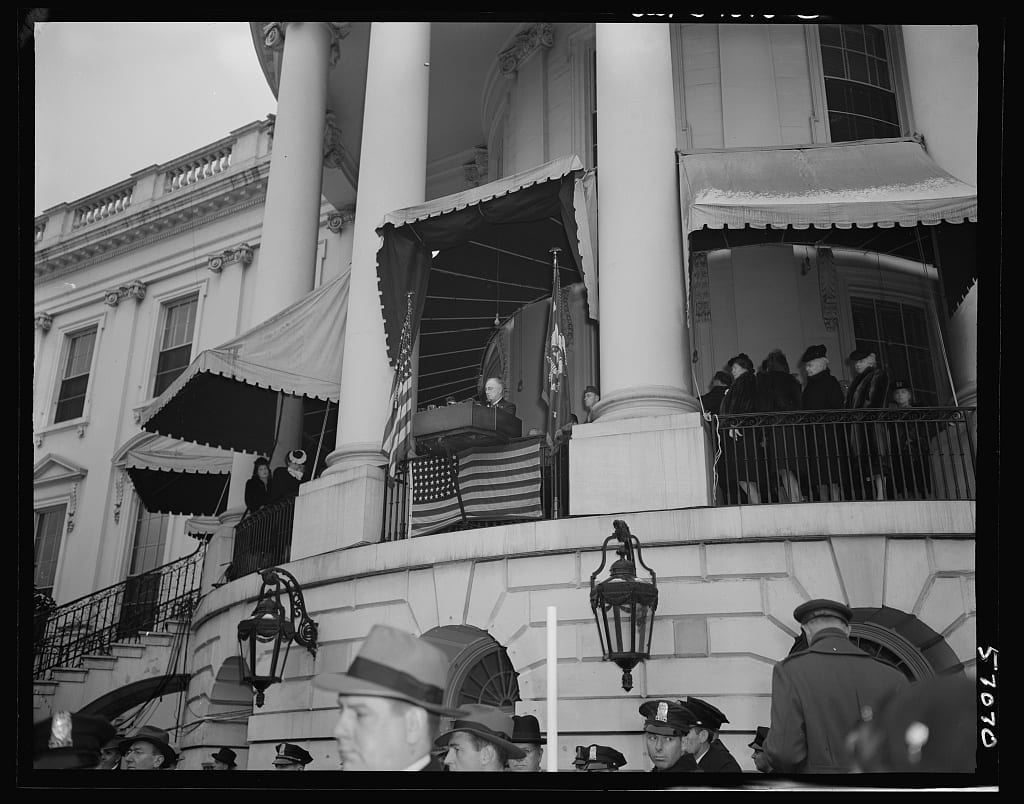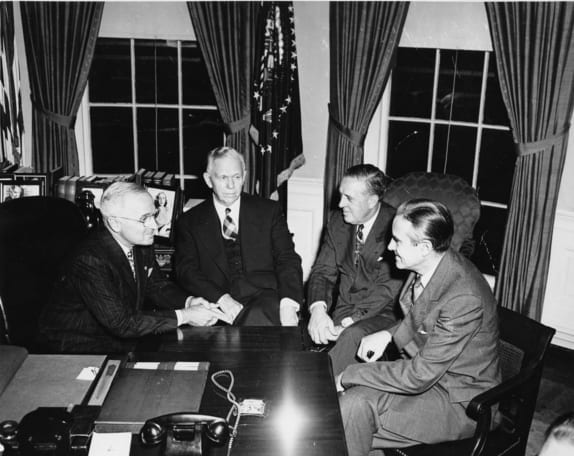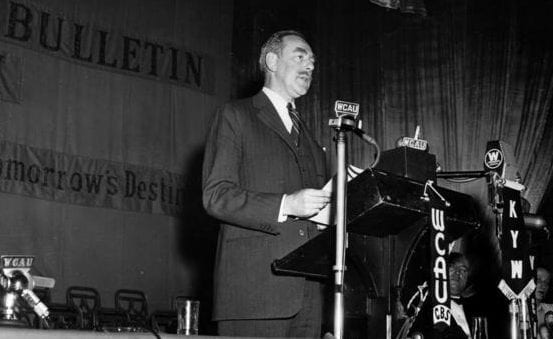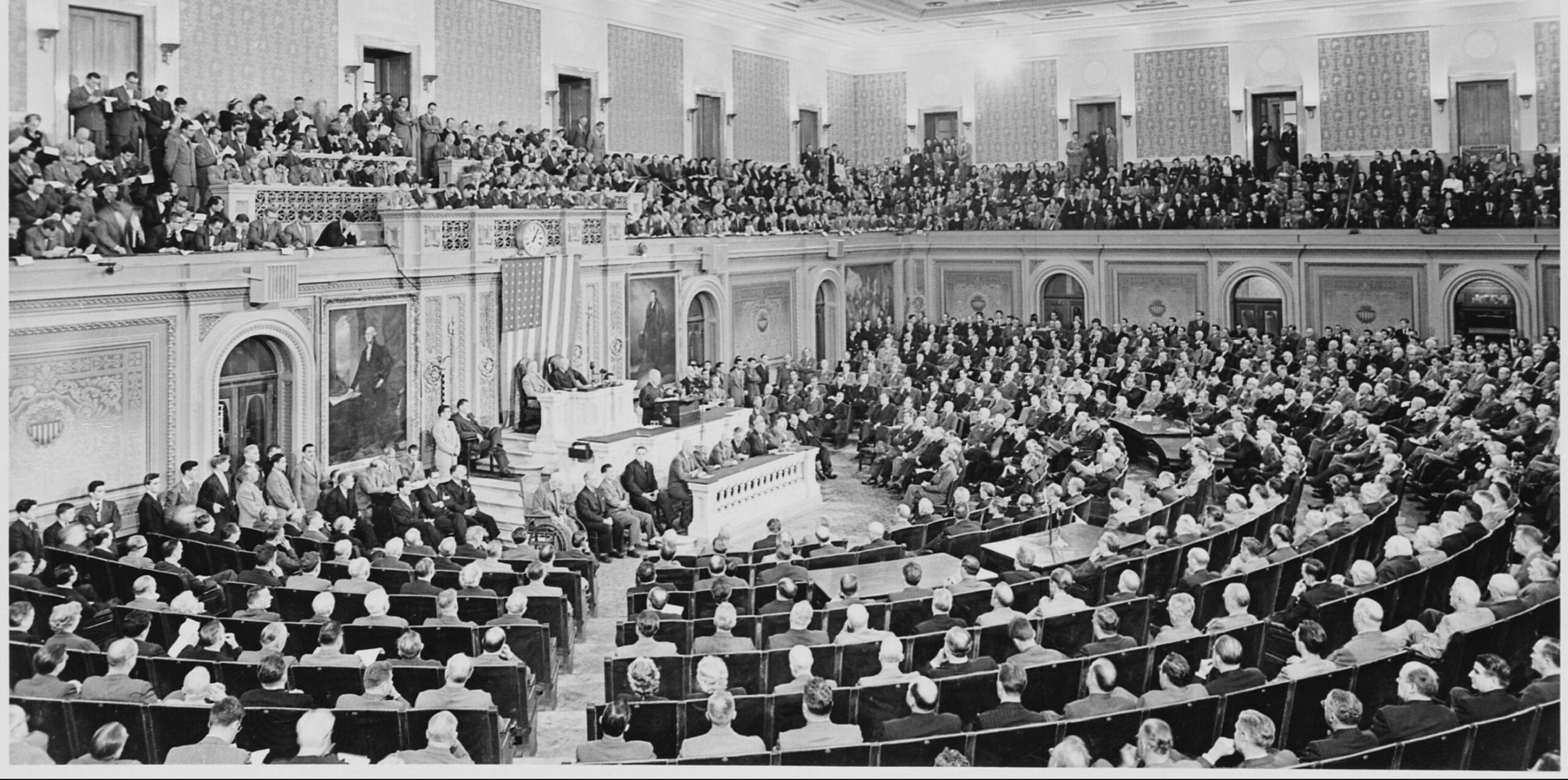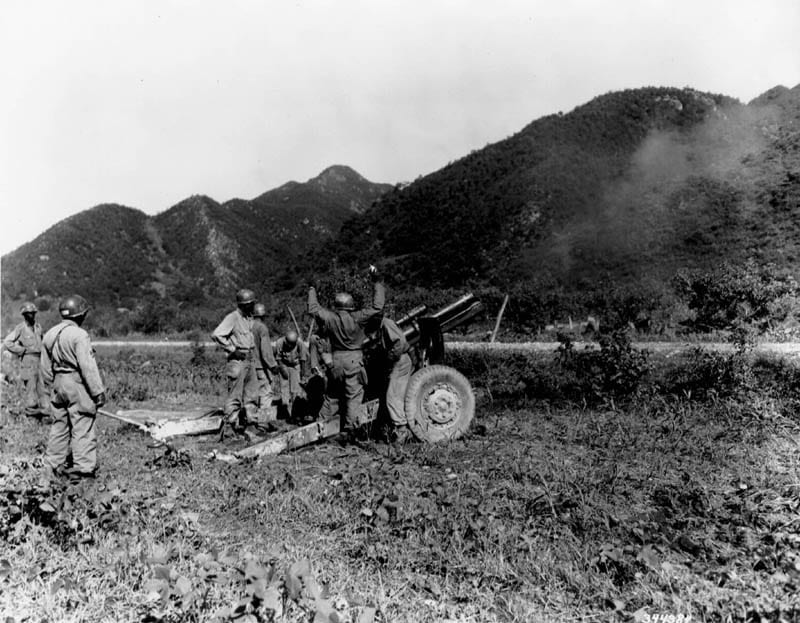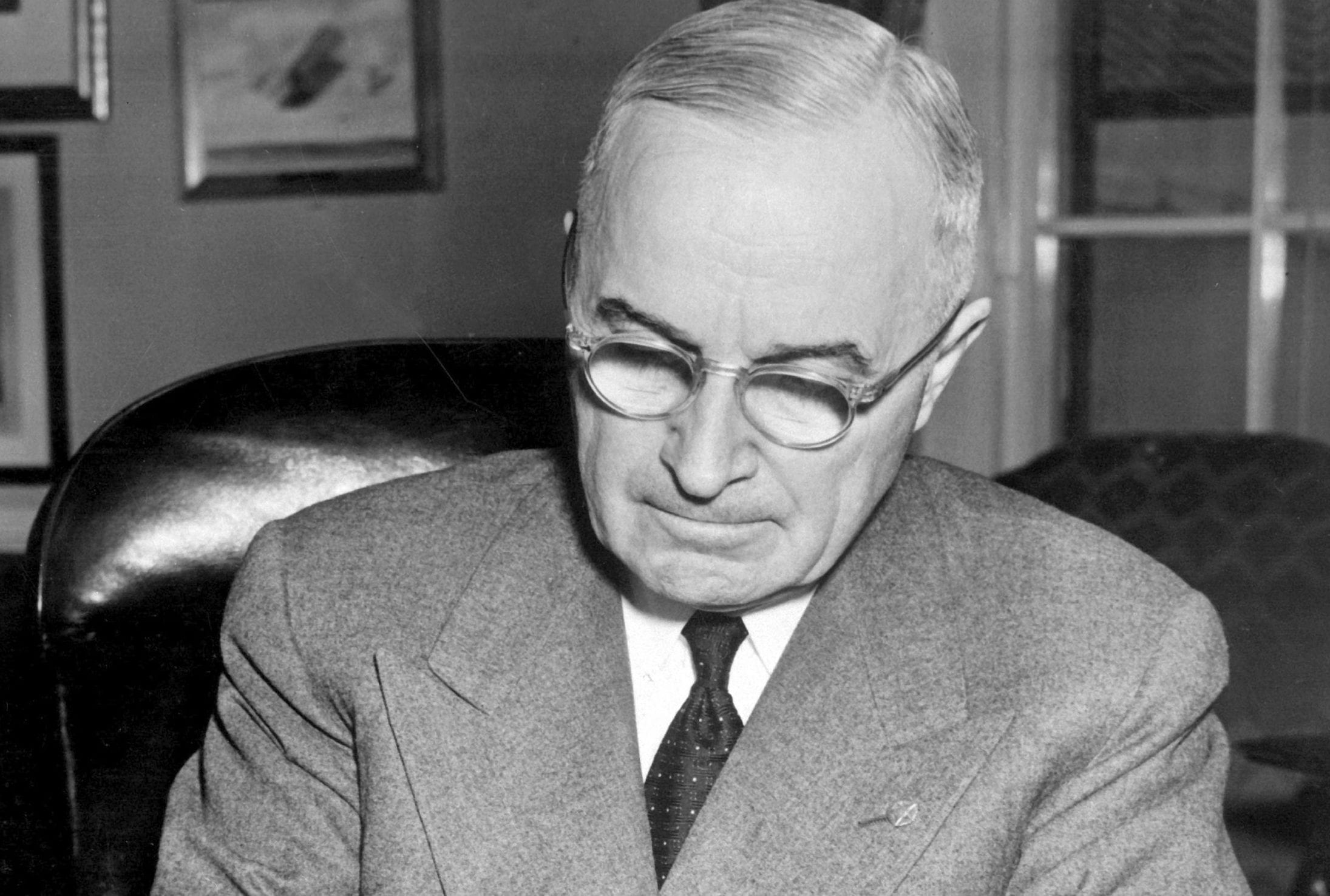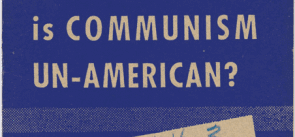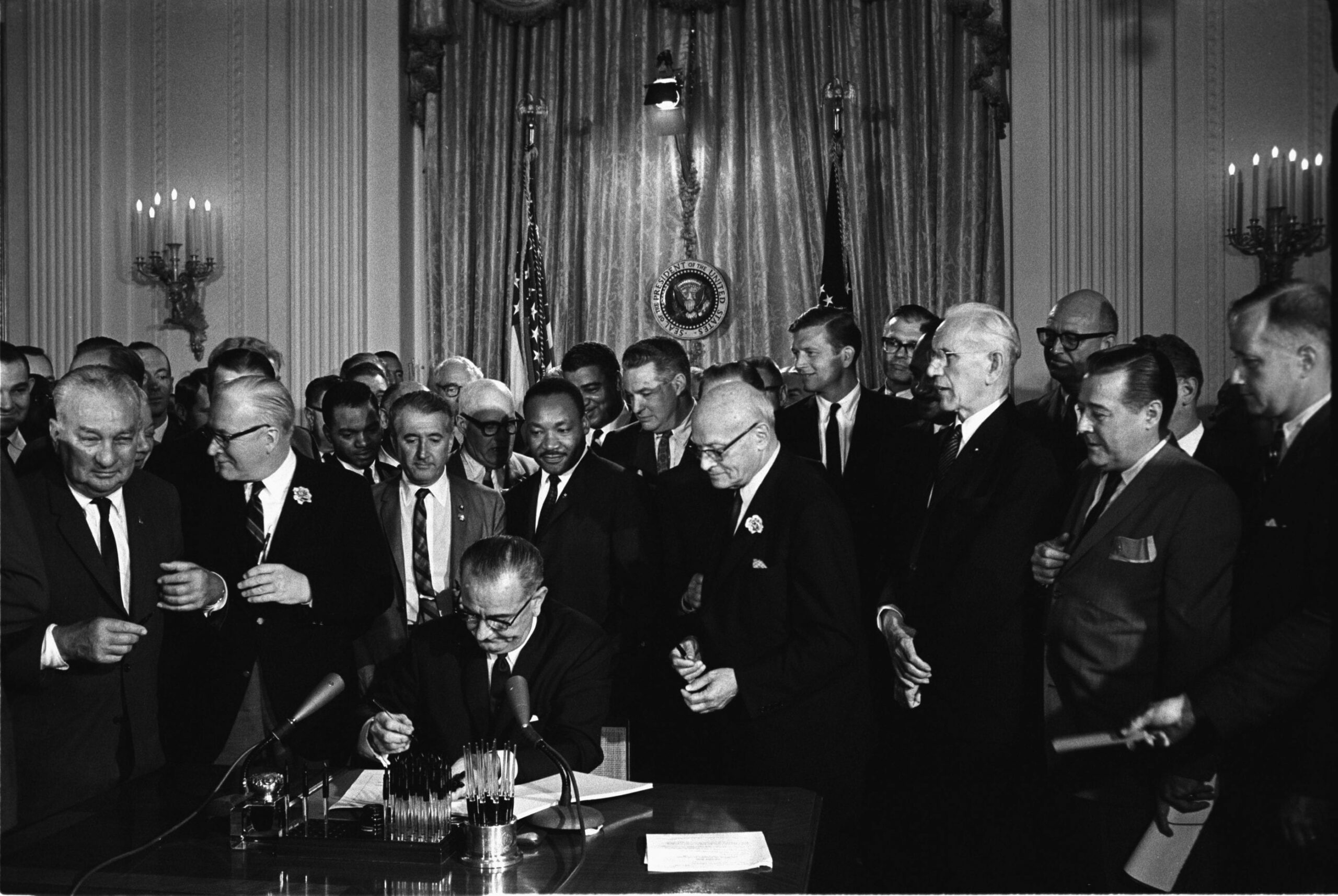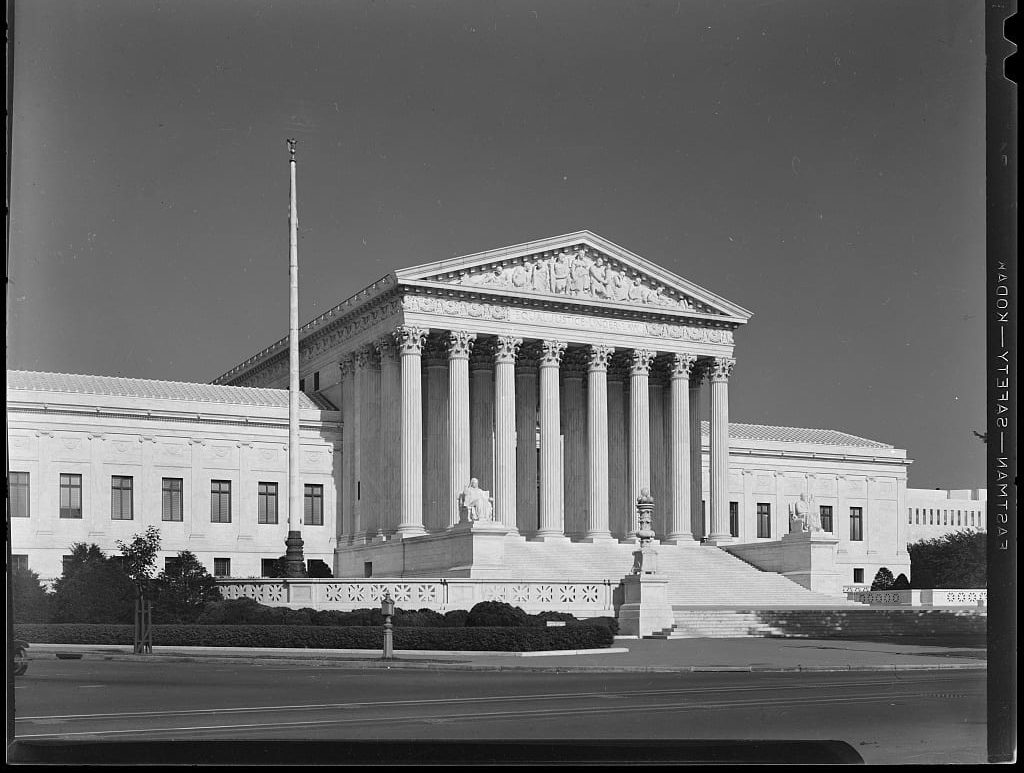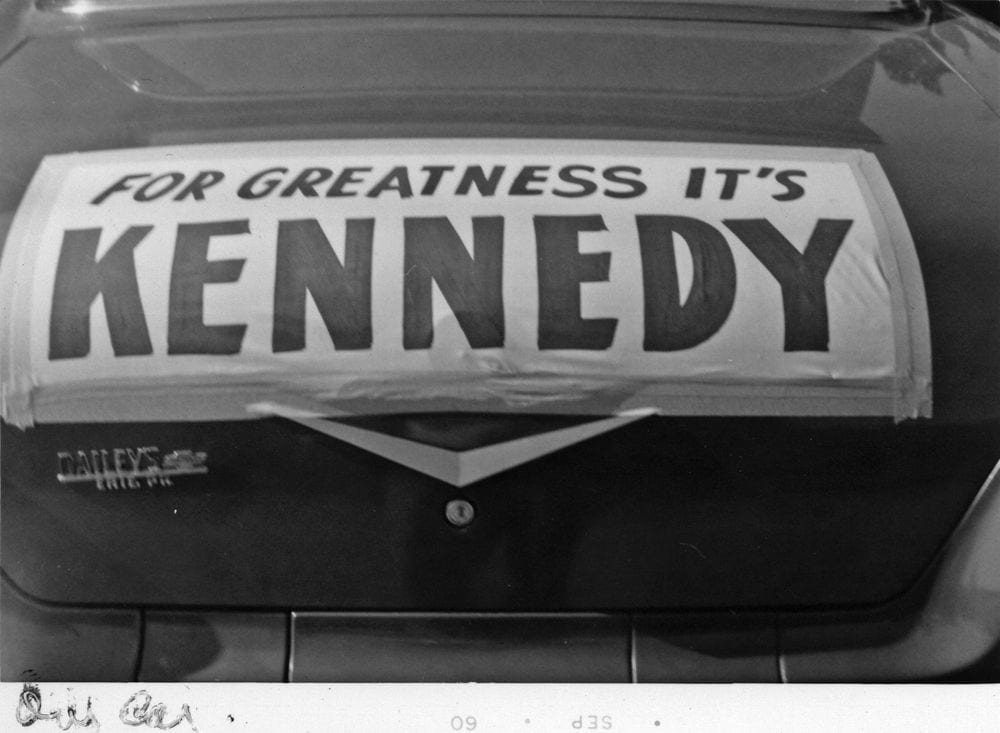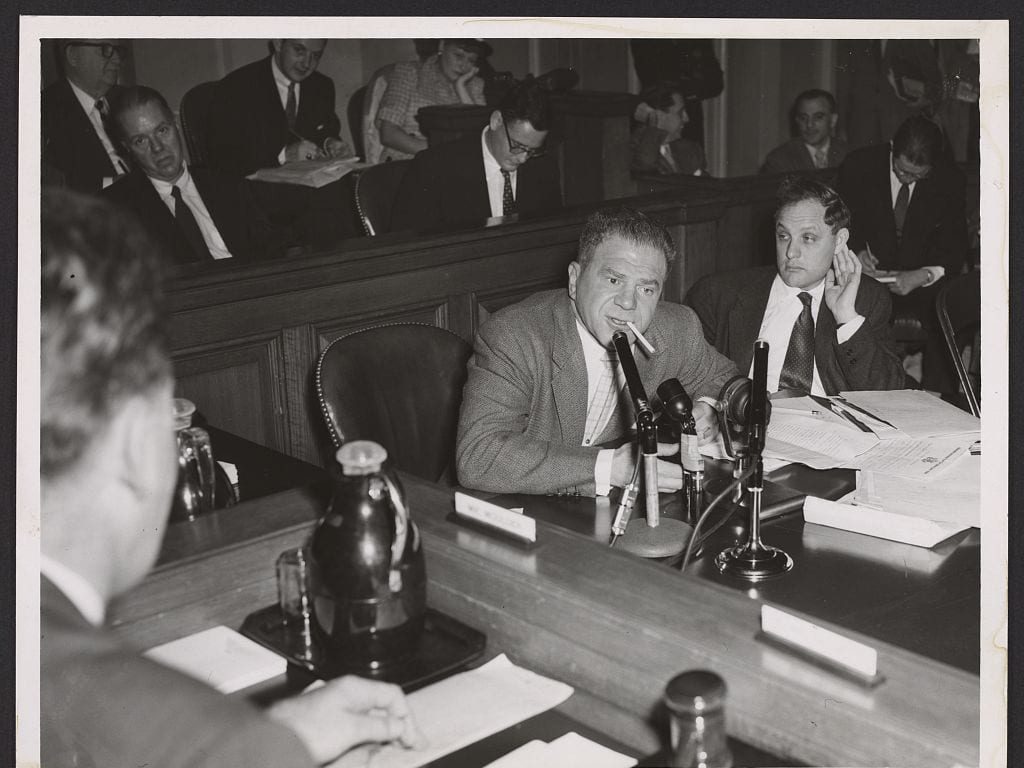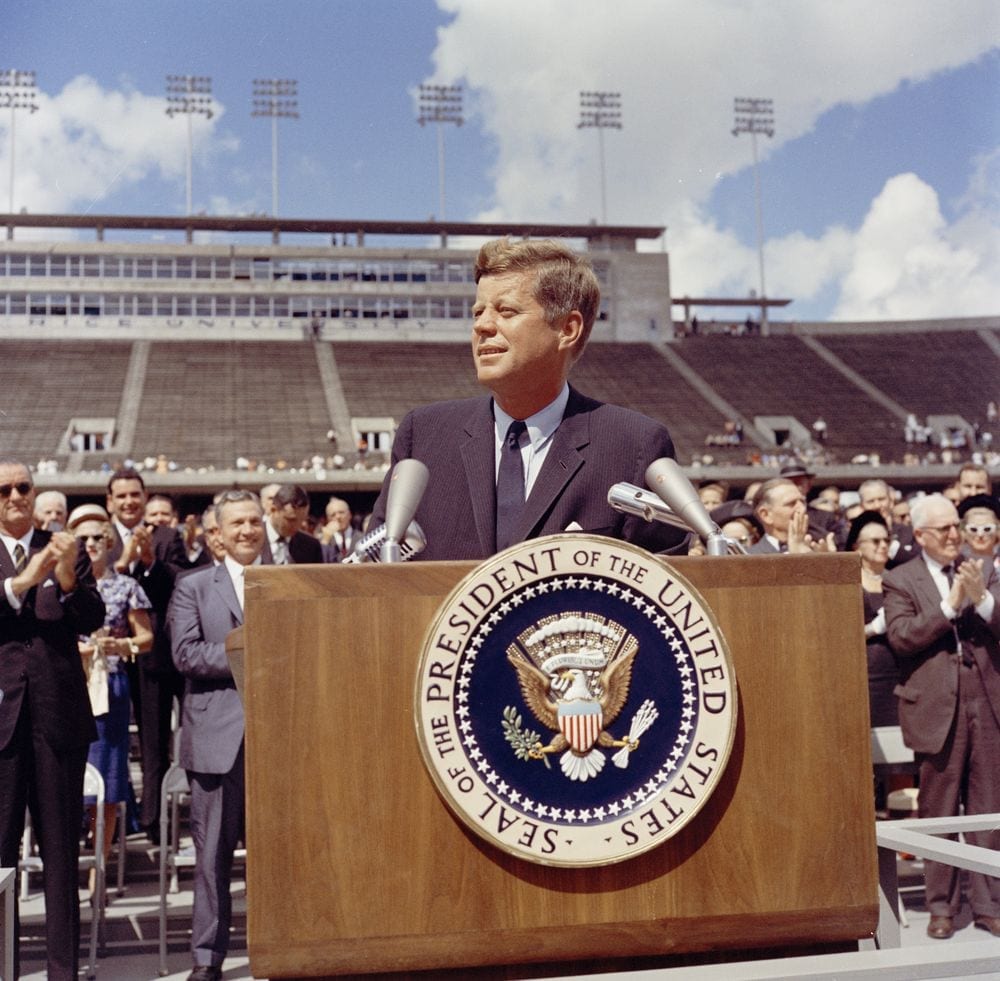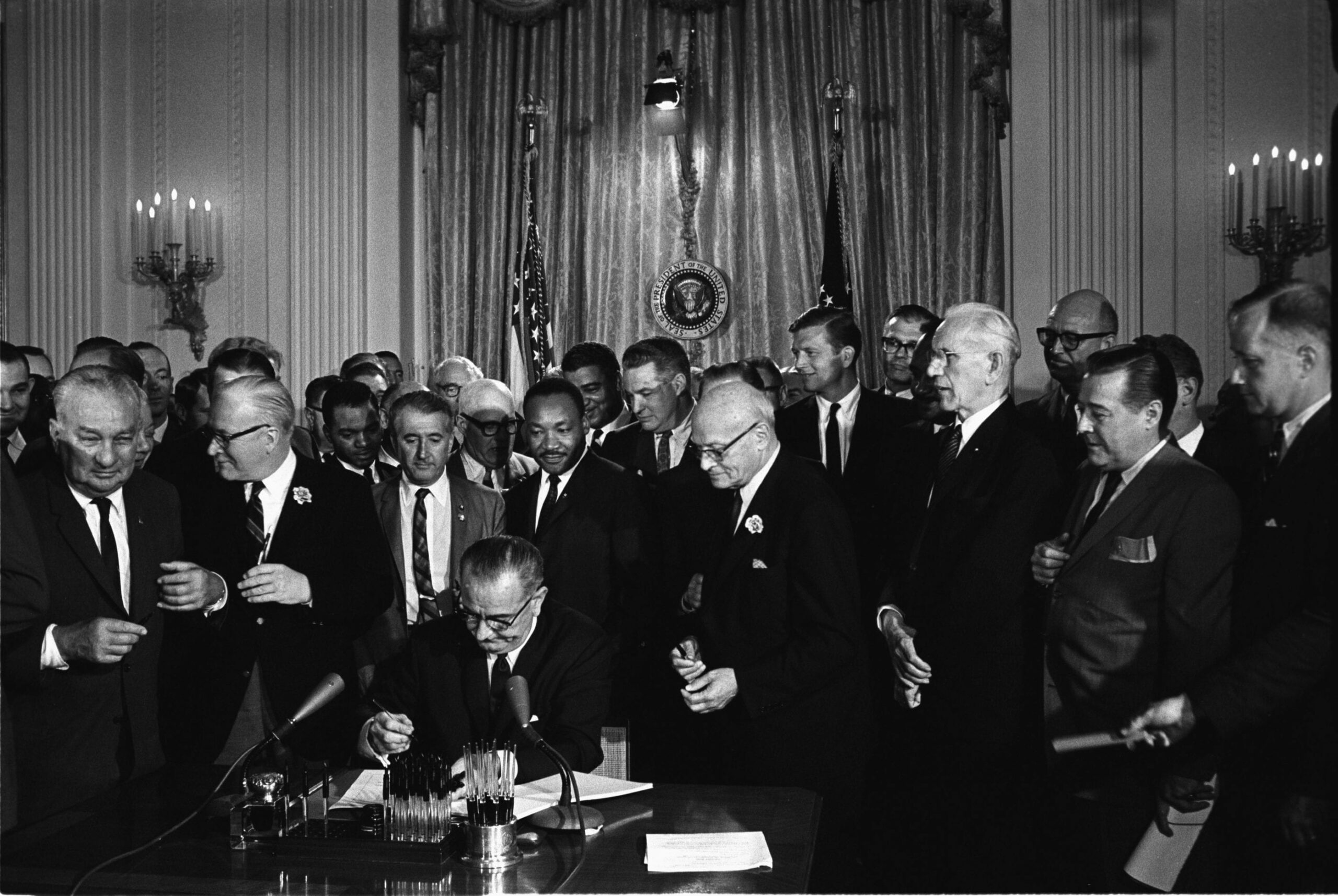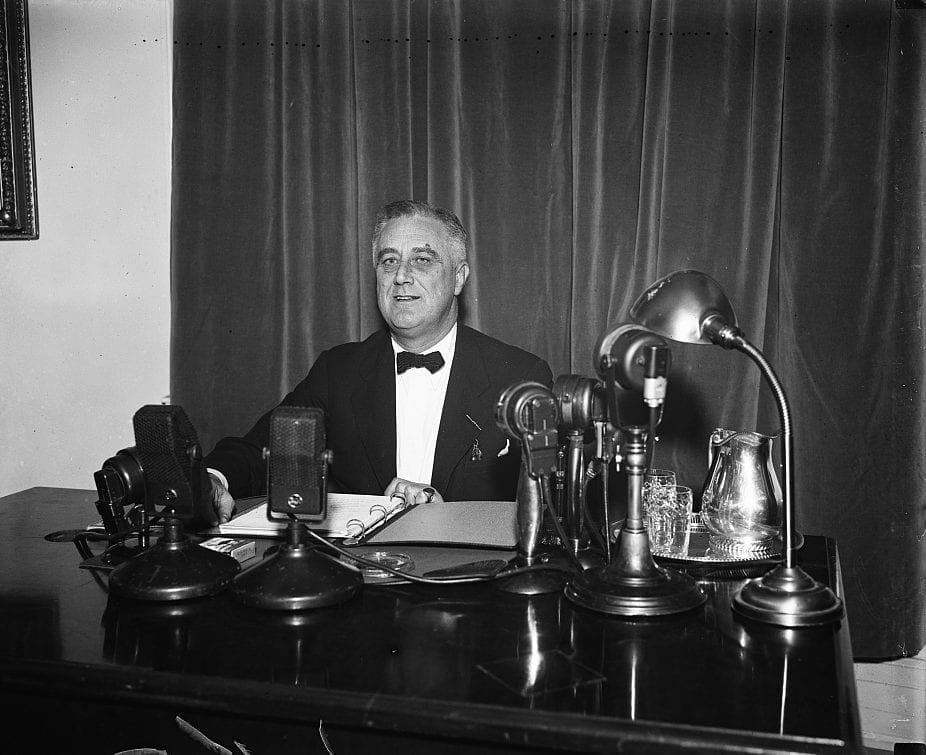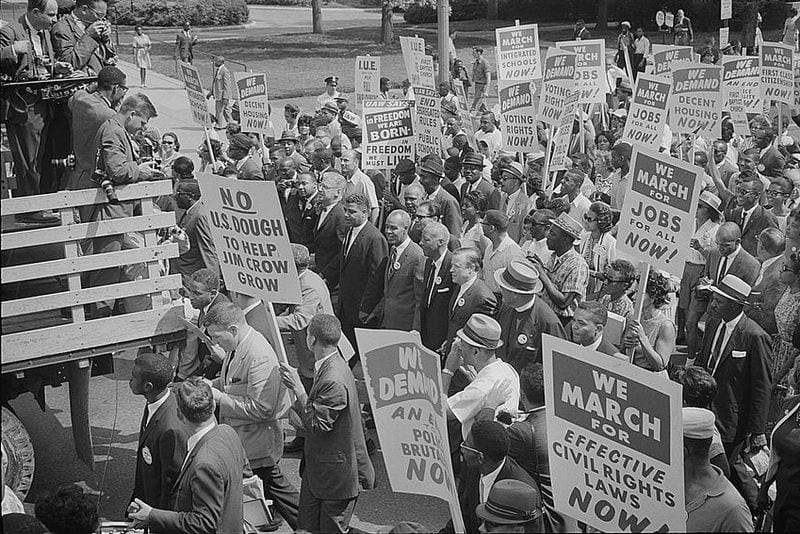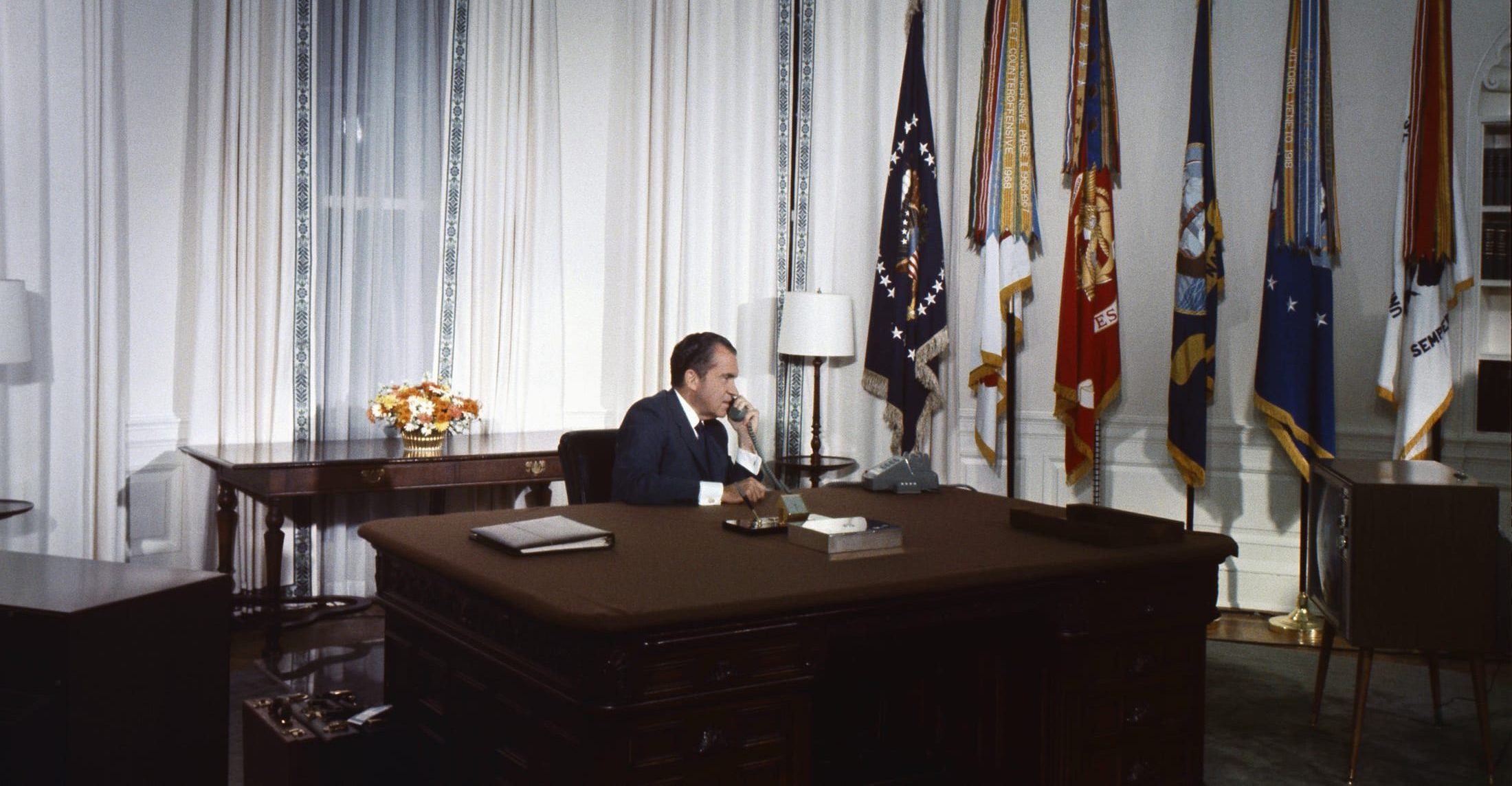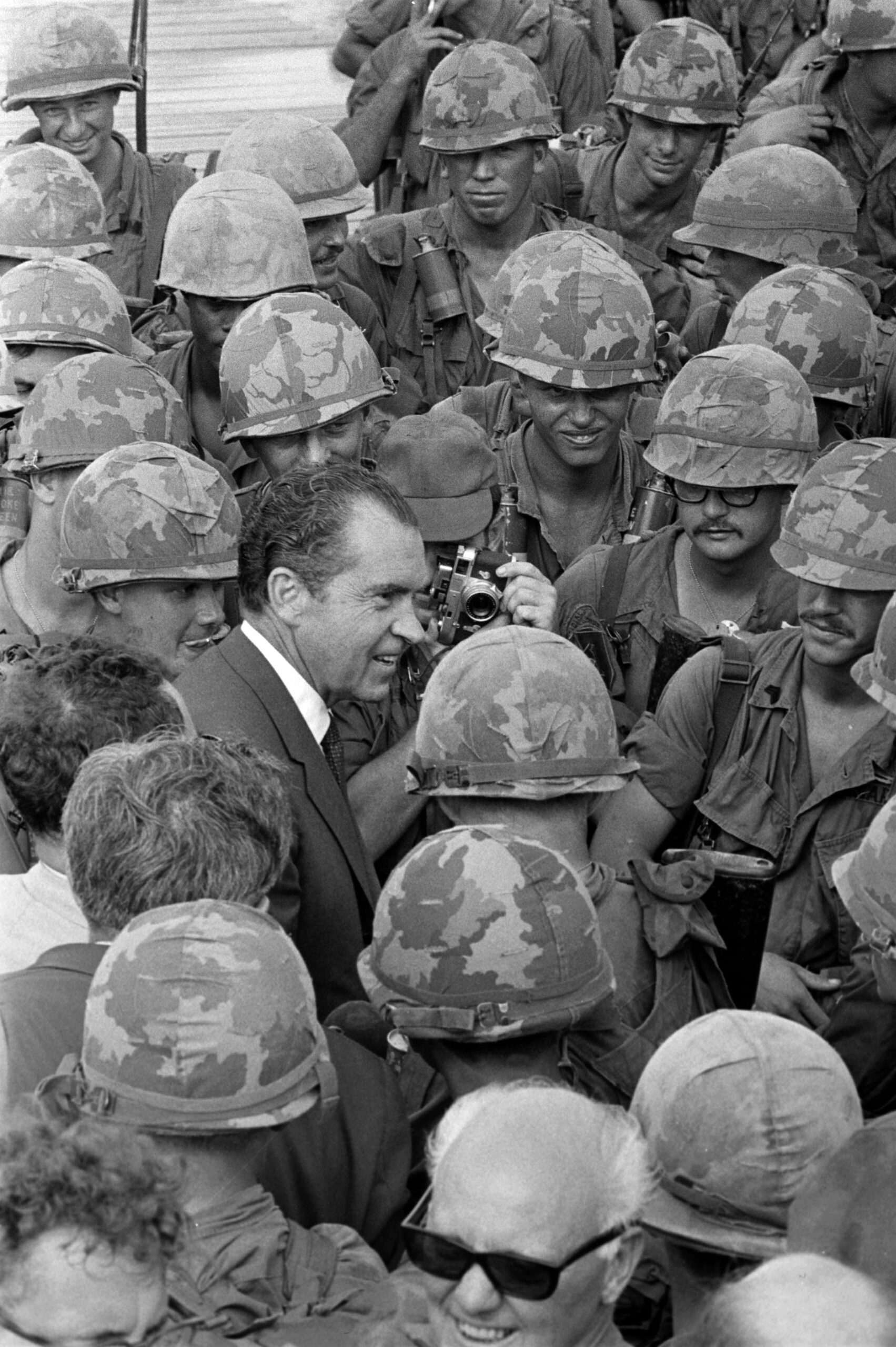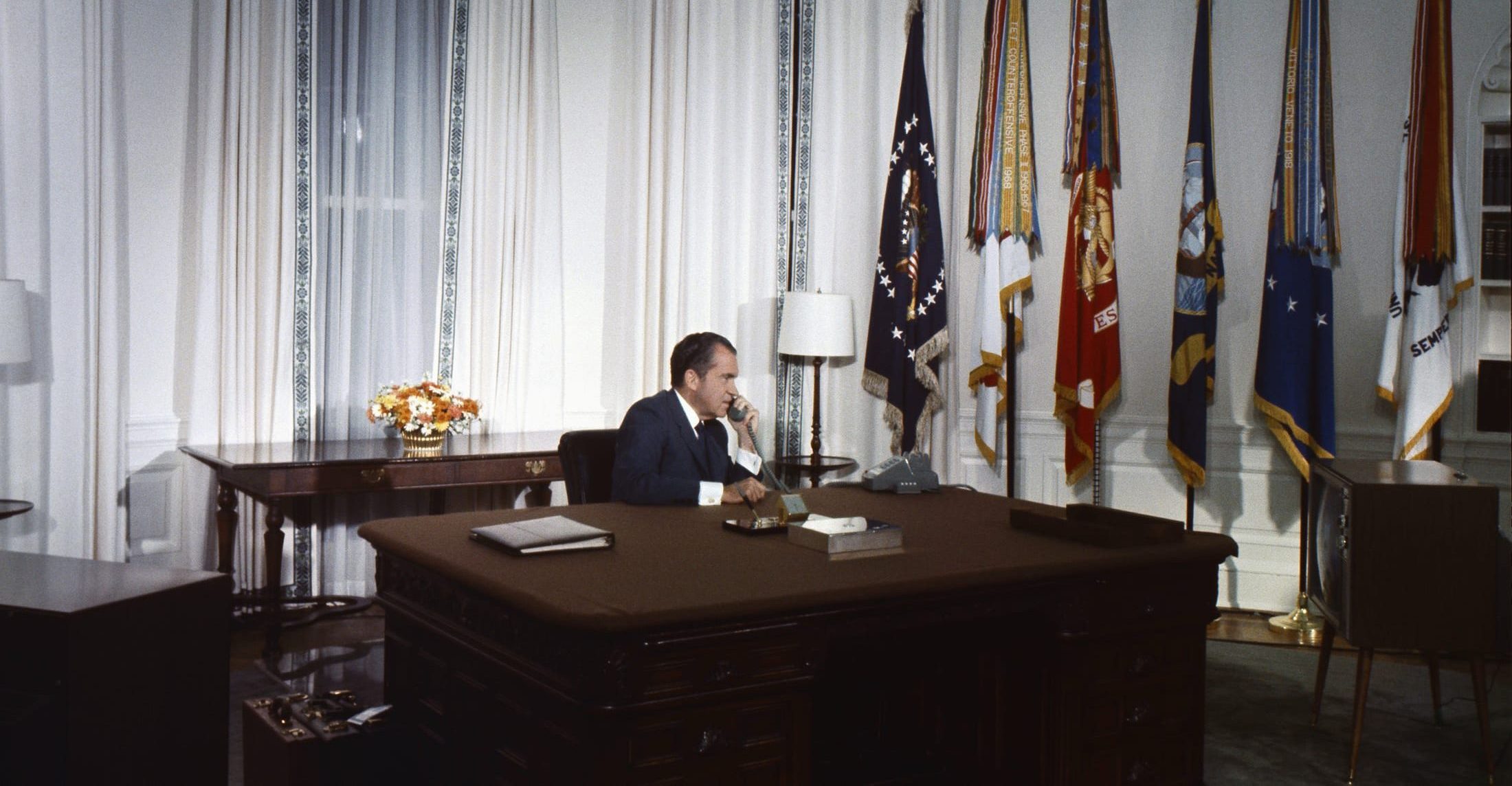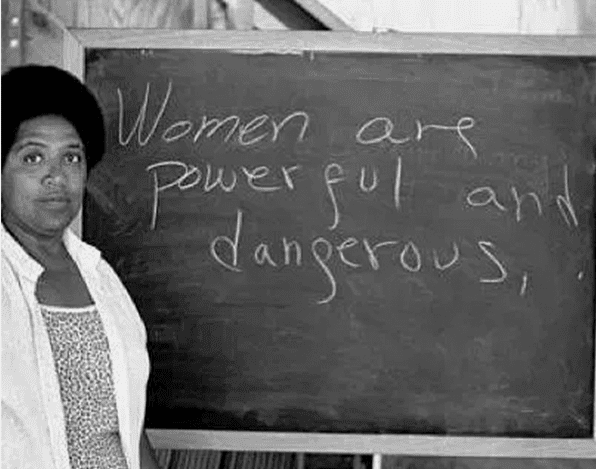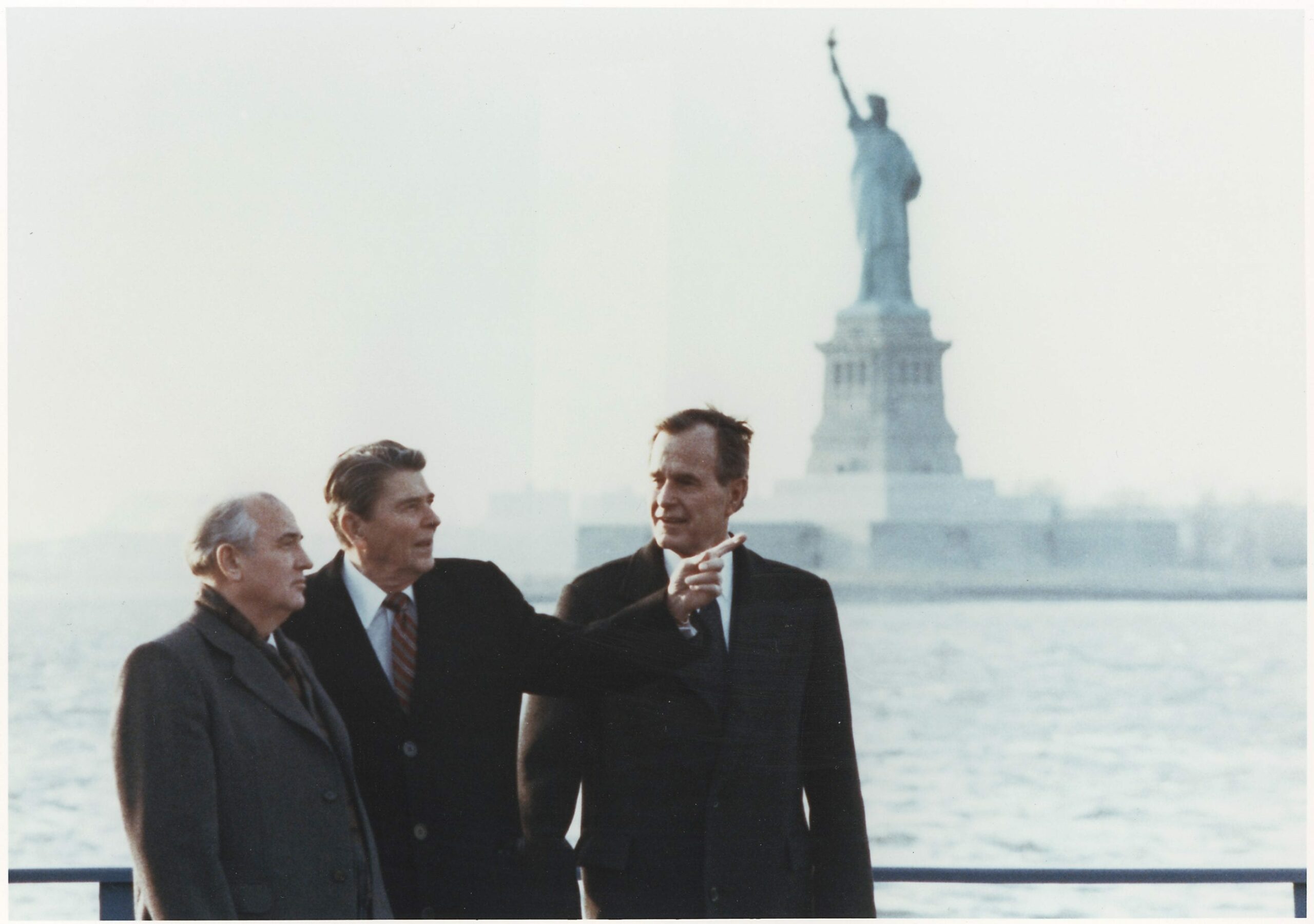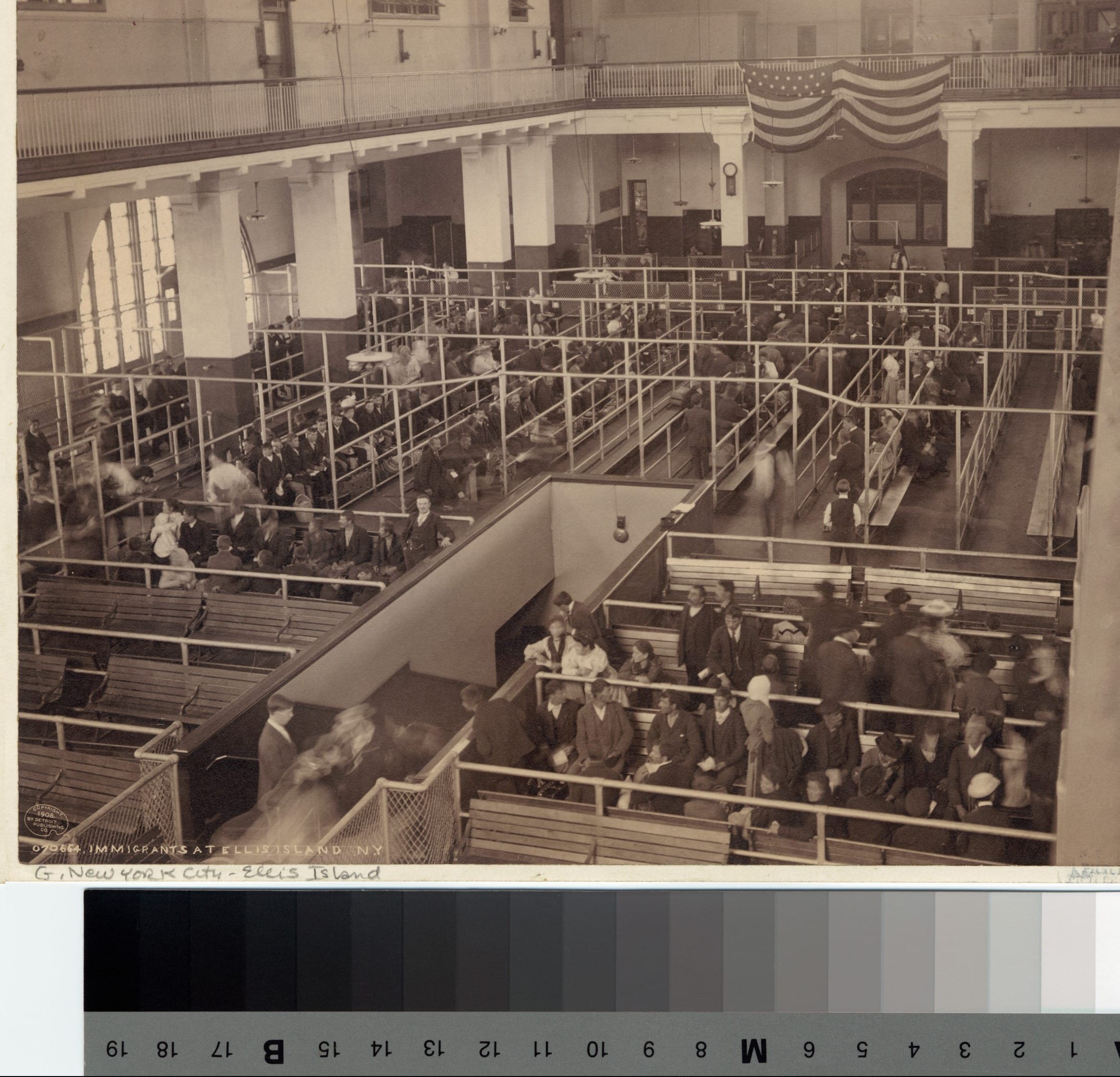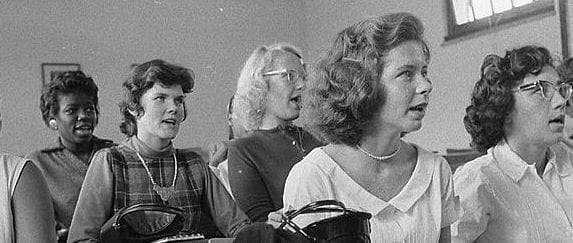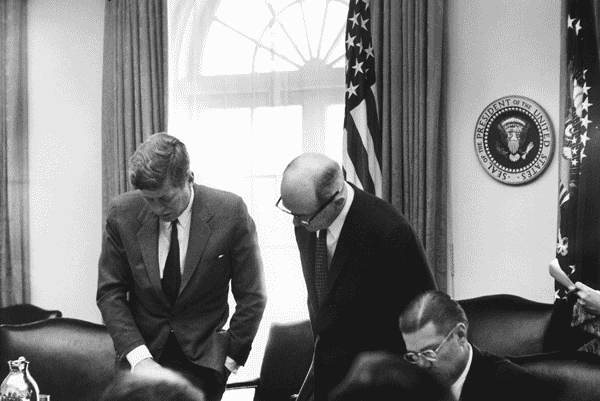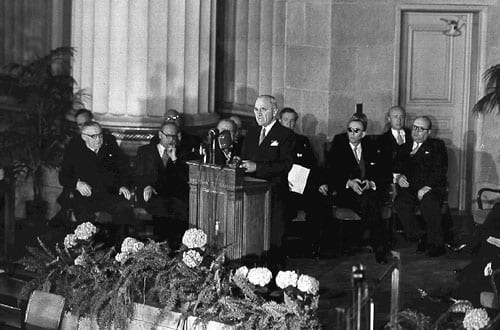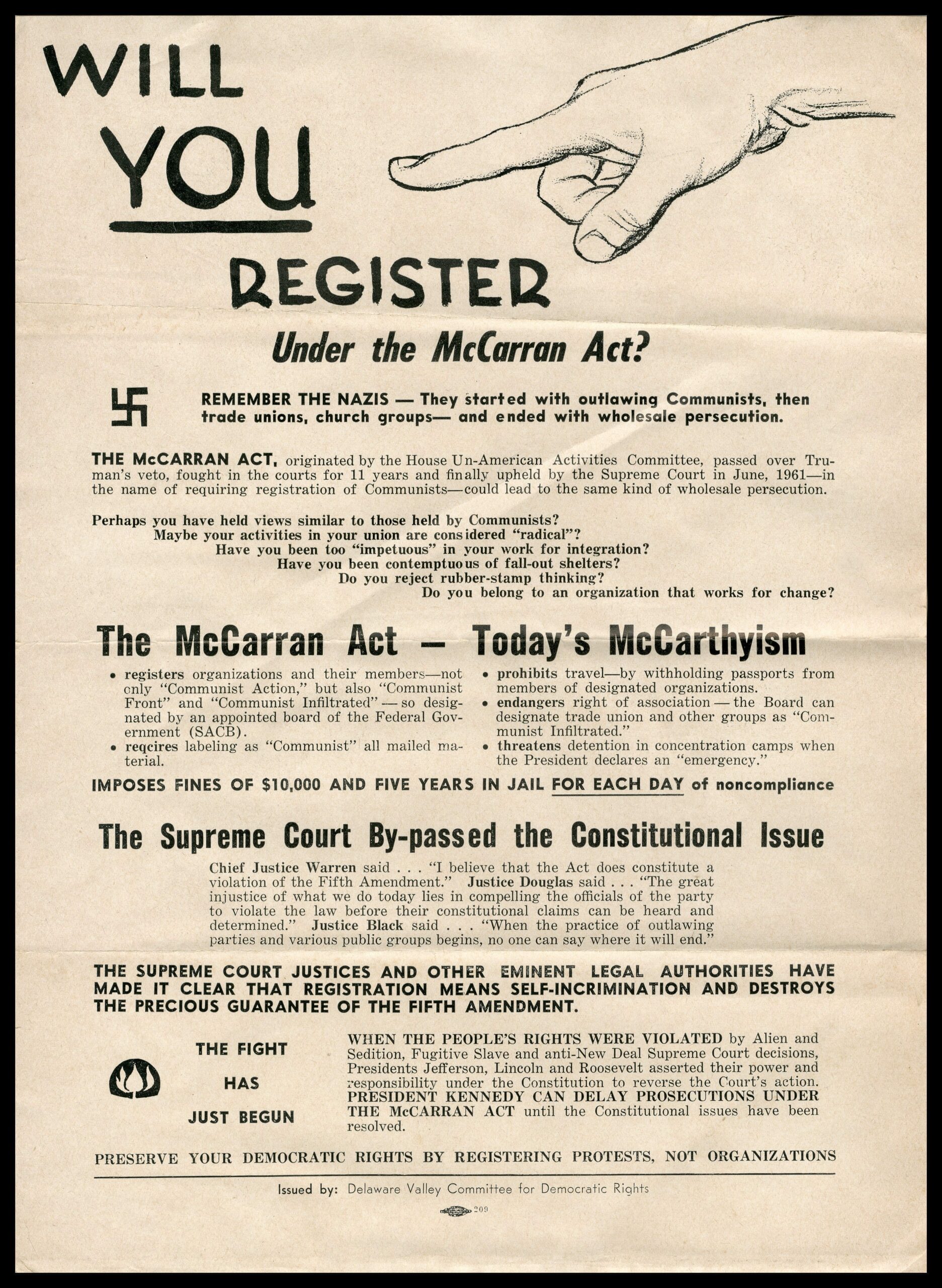
No related resources
Introduction
A previous selection (“Nonviolence versus Jim Crow”) presented Bayard Rustin as a young practitioner of nonviolent protest. This selection finds him in the maturity of his career, at a turning point in the civil rights movement. After the landmark legislative successes of 1964 and 1965, disagreements about the next phase deepened within the black freedom movement. In this essay, Rustin contended that the movement needed to radicalize in its objectives even as it sought to incorporate itself more fully into the U.S. political mainstream.
Source: Commentary (February 1965); available at https://www.commentarymagazine.com/articles/bayard-rustin-2/from-protest-to-politics-the-future-of-the-civil-rights-movement/. Used by permission of the estate of Bayard Rustin
The decade spanned by the 1954 Supreme Court decision on school desegregation and the Civil Rights Act of 1964 will undoubtedly be recorded as the period in which the legal foundations of racism in America were destroyed. To be sure, pockets of resistance remain; but it would be hard to quarrel with the assertion that the elaborate legal structure of segregation and discrimination, particularly in relation to public accommodations, has virtually collapsed. On the other hand, without making light of the human sacrifices involved in the direct-action tactics (sit-ins, freedom rides, and the rest) that were so instrumental to this achievement, we must recognize that in desegregating public accommodations, we affected institutions which are relatively peripheral both to the American socio-economic order and to the fundamental conditions of life of the Negro people. . . .
The very decade which has witnessed the decline of legal Jim Crow has also seen the rise of de facto segregation in our most fundamental socio-economic institutions. More Negroes are unemployed today than in 1954, and the unemployment gap between the races is wider. The median income of Negroes has dropped from 57 percent to 54 percent of that of whites. A higher percentage of Negro workers is now concentrated in jobs vulnerable to automation than was the case ten years ago. More Negroes attend de facto segregated schools today than when the Supreme Court handed down its famous decision; while school integration proceeds at a snail’s pace in the South, the number of northern schools with an excessive proportion of minority youth proliferates. And behind this is the continuing growth of racial slums, spreading over our central cities and trapping Negro youth in a milieu which, whatever its legal definition, sows an unimaginable demoralization. Again, legal niceties aside, a resident of a racial ghetto lives in segregated housing, and more Negroes fall into this category than ever before. . . .
This matter of economic role brings us to the greater problem—the fact that we are moving into an era in which the natural functioning of the market does not by itself ensure every man with will and ambition a place in the productive process. The immigrant who came to this country during the late nineteenth and early twentieth centuries entered a society which was expanding territorially and/or economically. It was then possible to start at the bottom, as an unskilled or semiskilled worker, and move up the ladder, acquiring new skills along the way. Especially was this true when industrial unionism was burgeoning, giving new dignity and higher wages to organized workers. Today the situation has changed. We are not expanding territorially, the western frontier is settled, labor organizing has leveled off, our rate of economic growth has been stagnant for a decade. And we are in the midst of a technological revolution which is altering the fundamental structure of the labor force, destroying unskilled and semiskilled jobs—jobs in which Negroes are disproportionately concentrated.
Whatever the pace of this technological revolution may be, the direction is clear: the lower rungs of the economic ladder are being lopped off. This means that an individual will no longer be able to start at the bottom and work his way up; he will have to start in the middle or on top, and hold on tight. It will not even be enough to have certain specific skills, for many skilled jobs are also vulnerable to automation. A broad educational background, permitting vocational adaptability and flexibility, seems more imperative than ever. We live in a society where, as Secretary of Labor Willard Wirtz puts it, machines have the equivalent of a high school diploma. Yet the average educational attainment of American Negroes is 8.2 years. . . .
. . .I would advise those who think that self-help is the answer to familiarize themselves with the long history of such efforts in the Negro community, and to consider why so many foundered on the shoals of ghetto life. It goes without saying that any effort to combat demoralization and apathy is desirable, but we must understand that demoralization in the Negro community is largely a common-sense response to an objective reality. Negro youths have no need of statistics to perceive, fairly accurately, what their odds are in American society. Indeed, from the point of view of motivation, some of the healthiest Negro youngsters I know are juvenile delinquents: vigorously pursuing the American Dream of material acquisition and status, yet finding the conventional means of attaining it blocked off, they do not yield to defeatism but resort to illegal (and often ingenious) methods. They are not alien to American culture. They are, in Gunnar Myrdal’s phrase, “exaggerated Americans.”1 To want a Cadillac is not un-American; to push a cart in the garment center is. If Negroes are to be persuaded that the conventional path (school, work, etc.) is superior, we had better provide evidence which is now sorely lacking. It is a double cruelty to harangue Negro youth about education and training when we do not know what jobs will be available for them. When a Negro youth can reasonably foresee a future free of slums, when the prospect of gainful employment is realistic, we will see motivation and self-help in abundant enough quantities. . . .
Let me sum up what I have thus far been trying to say: the civil rights movement is evolving from a protest movement into a full-fledged social movement—an evolution calling its very name into question. It is now concerned not merely with removing the barriers to full opportunity but with achieving the fact of equality. From sit-ins and freedom rides we have gone into rent strikes, boycotts, community organization, and political action. As a consequence of this natural evolution, the Negro today finds himself stymied by obstacles of far greater magnitude than the legal barriers he was attacking before: automation, urban decay, de facto school segregation. These are problems which, while conditioned by Jim Crow, do not vanish upon its demise. They are more deeply rooted in our socioeconomic order; they are the result of the total society’s failure to meet not only the Negro’s needs, but human needs generally. . . .
I believe that the Negro’s struggle for equality in America is essentially revolutionary. While most Negroes—in their hearts—unquestionably seek only to enjoy the fruits of American society as it now exists, their quest cannot objectively be satisfied within the framework of existing political and economic relations. The young Negro who would demonstrate his way into the labor market may be motivated by a thoroughly bourgeois ambition and thoroughly “capitalist” considerations, but he will end up having to favor a great expansion of the public sector of the economy. At any rate, that is the position the movement will be forced to take as it looks at the number of jobs being generated by the private economy, and if it is to remain true to the masses of Negroes. . . .
. . .The Negro struggle has hardly run its course; and it will not stop moving until it has been utterly defeated or won substantial equality. But I fail to see how the movement can be victorious in the absence of radical programs for full employment, abolition of slums, the reconstruction of our educational system, new definitions of work and leisure. Adding up the cost of such programs, we can only conclude that we are talking about a refashioning of our political economy. It has been estimated, for example, that the price of replacing New York City’s slums with public housing would be $17 billion. Again, a multi-billion-dollar federal public-works program, dwarfing the currently proposed $2 billion program, is required to reabsorb unskilled and semiskilled workers into the labor market—and this must be done if Negro workers in these categories are to be employed. “Preferential treatment” cannot help them.
I am not trying here to delineate a total program, only to suggest the scope of economic reforms which are most immediately related to the plight of the Negro community. One could speculate on their political implications—whether, for example, they do not indicate the obsolescence of state government and the superiority of regional structures as viable units of planning. Such speculations aside, it is clear that Negro needs cannot be satisfied unless we go beyond what has so far been placed on the agenda. How are these radical objectives to be achieved? The answer is simple, deceptively so: through political power. . . .
A handful of Negroes, acting alone, could integrate a lunch counter by strategically locating their bodies so as directly to interrupt the operation of the proprietor’s will;2 their numbers were relatively unimportant. In politics, however, such a confrontation is difficult because the interests involved are merely represented. In the execution of a political decision a direct confrontation may ensue (as when federal marshals escorted James Meredith into the University of Mississippi3—to turn from an example of nonviolent coercion to one of force backed up with the threat of violence). But in arriving at a political decision, numbers and organizations are crucial, especially for the economically disenfranchised. (Needless to say, I am assuming that the forms of political democracy exist in America, however imperfectly, that they are valued, and that elitist or putschist conceptions of exercising power are beyond the pale of discussion for the civil rights movement.)
Neither that movement nor the country’s twenty million black people can win political power alone. We need allies. The future of the Negro struggle depends on whether the contradictions of this society can be resolved by a coalition of progressive forces which becomes the effective political majority in the United States. I speak of the coalition which staged the March on Washington, passed the Civil Rights Act, and laid the basis for the Johnson landslide4—Negroes, trade unionists, liberals, and religious groups. . . .
The task of molding a political movement out of the March on Washington coalition is not simple, but no alternatives have been advanced. We need to choose our allies on the basis of common political objectives. It has become fashionable in some no-win Negro circles to decry the white liberal as the main enemy (his hypocrisy is what sustains racism); by virtue of this reverse recitation of the reactionary’s litany (liberalism leads to socialism, which leads to communism) the Negro is left in majestic isolation, except for a tiny band of fervent white initiates. But the objective fact is that Eastland and Goldwater5 are the main enemies—they and the opponents of civil rights, of the war on poverty, of Medicare, of Social Security, of federal aid to education, of unions, and so forth. The labor movement, despite its obvious faults, has been the largest single organized force in this country pushing for progressive social legislation. And where the Negro-labor-liberal axis is weak, as in the farm belt, it was the religious groups that were most influential in rallying support for the Civil Rights Bill.
The durability of the coalition was interestingly tested during the election. I do not believe that the Johnson landslide proved the “white backlash” to be a myth. It proved, rather, that economic interests are more fundamental than prejudice: the backlashers decided that loss of Social Security was, after all, too high a price to pay for a slap at the Negro. This lesson was a valuable first step in reeducating such people, and it must be kept alive, for the civil rights movement will be advanced only to the degree that social and economic welfare gets to be inextricably entangled with civil rights.
The 1964 elections marked a turning point in American politics. The Democratic landslide was not merely the result of a negative reaction to Goldwaterism; it was also the expression of a majority liberal consensus.
The near unanimity with which Negro voters joined in that expression was, I am convinced, a vindication of the July 25th statement by Negro leaders calling for a strategic turn toward political action and a temporary curtailment of mass demonstrations.…6
The role of the civil rights movement in the reorganization of American political life is programmatic as well as strategic. We are challenged now to broaden our social vision, to develop functional programs with concrete objectives. We need to propose alternatives to technological unemployment, urban decay, and the rest. We need to be calling for public works and training, for national economic planning, for federal aid to education, for attractive public housing—all this on a sufficiently massive scale to make a difference. We need to protest the notion that our integration into American life, so long delayed, must now proceed in an atmosphere of competitive scarcity instead of in the security of abundance which technology makes possible. We cannot claim to have answers to all the complex problems of modern society. That is too much to ask of a movement still battling barbarism in Mississippi. But we can agitate the right questions by probing at the contradictions which still stand in the way of the “Great Society.”7 The questions having been asked, motion must begin in the larger society, for there is a limit to what Negroes can do alone.
- 1. Gunnar Myrdal (1898–1987) was a Swedish economist. The quotation is from his landmark study of American race relations, An American Dilemma (1944).
- 2. Rustin refers to a seminal event in the civil rights movement, a sit-in at a lunch counter in Greensboro, NC, in 1960. See Statement of Purpose.
- 3. This occurred in 1962.
- 4. The March on Washington occurred in August 1963. The Civil Rights Act became law in July 1964; Johnson was reelected in November 1964.
- 5. Senator James Eastland (D-MS) (1904–1986); Senator Barry Goldwater (R-AZ) (1909–1998). Goldwater was the Republican Party nominee for president in 1964.
- 6. The statement was issued after a meeting in New York attended by Bayard Rustin (“Nonviolence versus Jim Crow” and "From Protest to Politics”); Whitney Young Jr., executive director of the National Urban League; James Farmer, director of the Congress of Racial Equality; Roy Wilkins, executive director of the NAACP (“An Address to the Country”); Martin Luther King Jr., president of the Southern Christian Leadership Conference; John Lewis, chairman of the SNCC (Statement of Purpose); A. Philip Randolph, head of the Negro American Labor Council ("Why Should We March"); and others. See “Key Negro Groups Call on Members to Curb Protests,” New York Times, July 30, 1964, 1, 12.
- 7. “The Great Society” was the name President Lyndon Johnson adopted for his comprehensive program of domestic policy initiatives.

Conversation-based seminars for collegial PD, one-day and multi-day seminars, graduate credit seminars (MA degree), online and in-person.

